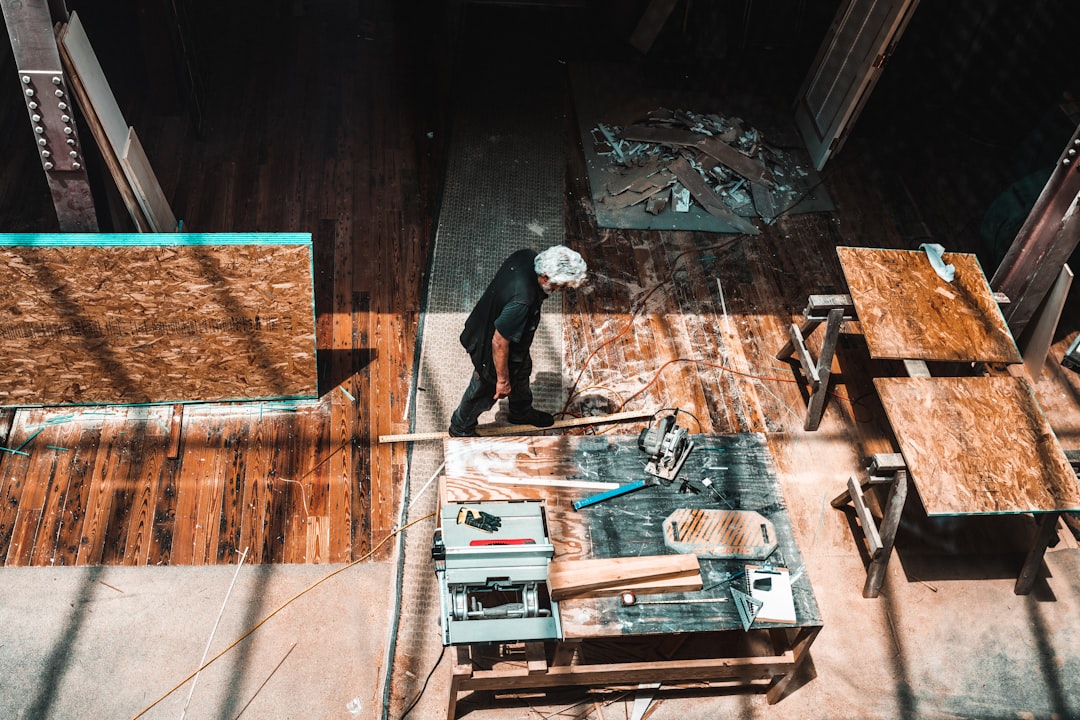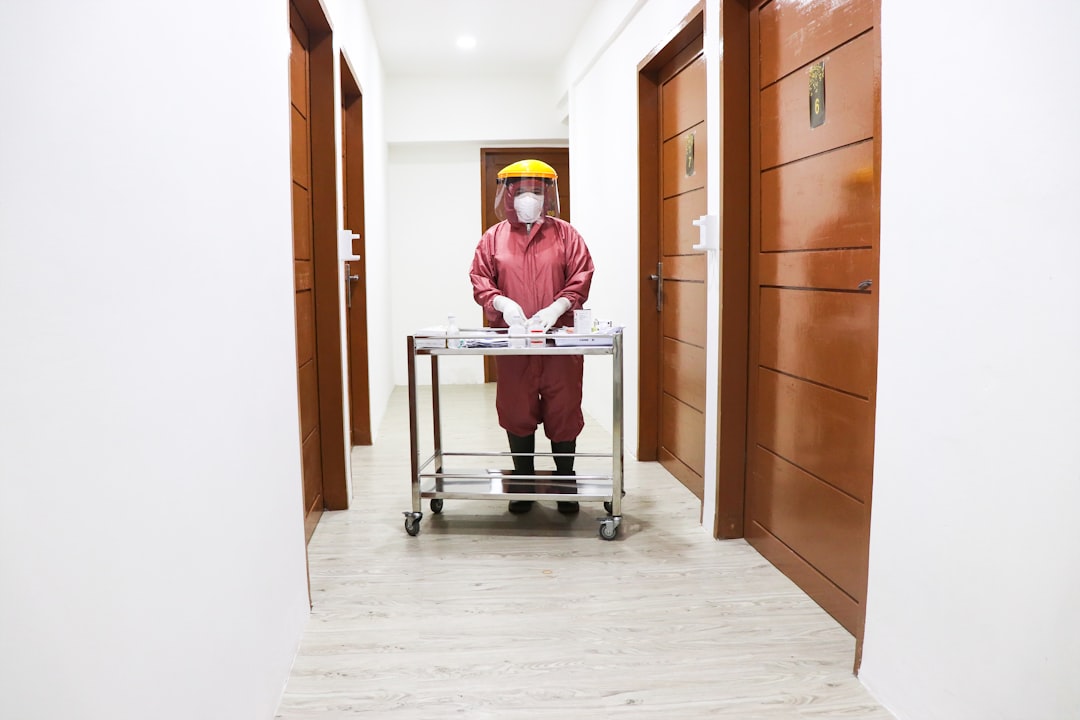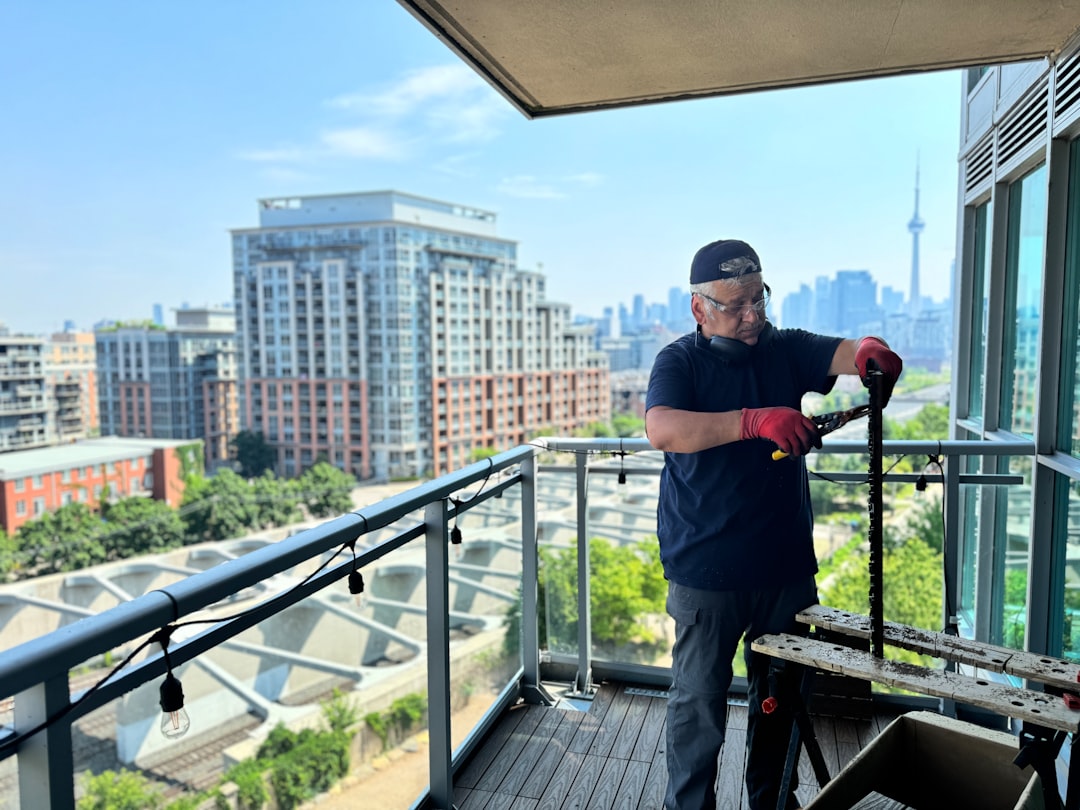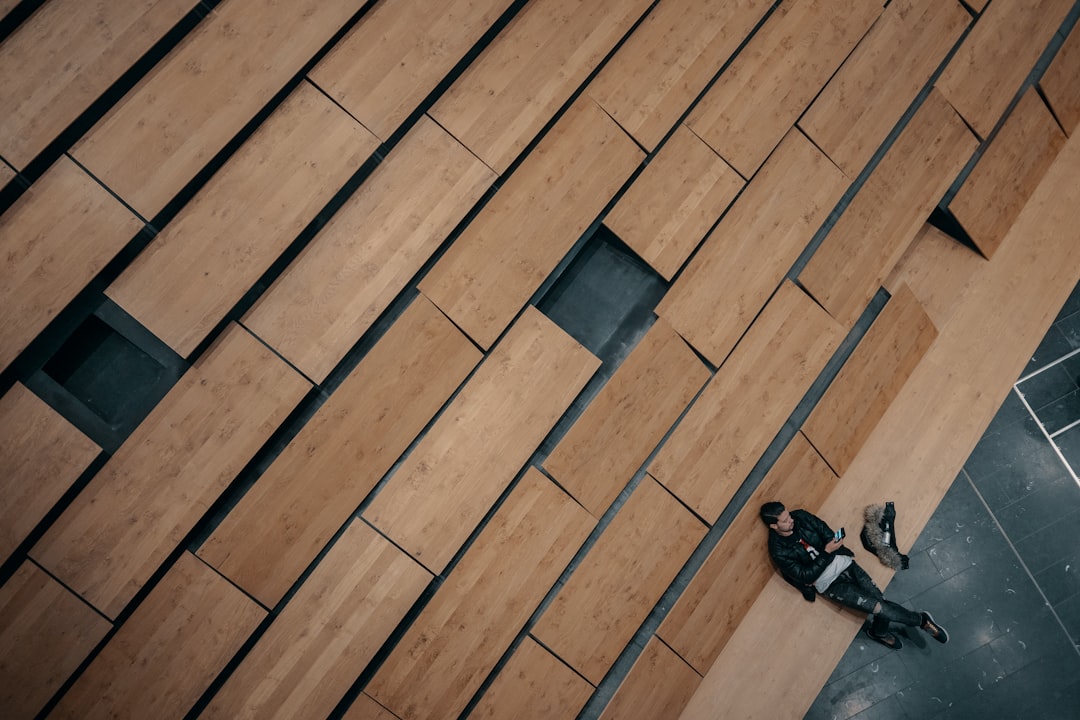

Engage prospects with a scan and streamline customer engagement with FREE QR code marketing tools by Sona – no strings attached!
Create a Free QR CodeFree consultation

No commitment

Engage prospects with a scan and streamline customer engagement with FREE QR code marketing tools by Sona – no strings attached!
Create a Free QR CodeFree consultation

No commitment
Flooring contractors are facing a major shift as customers increasingly expect digital-first experiences, even when engaging with a traditionally hands-on service like flooring installation. The challenge is clear: how do you capture more high-quality leads, deliver seamless journeys from physical showrooms or job sites to digital action, and prove ROI on marketing spend when so much of the buyer’s decision still starts offline? Many contractors still struggle to translate showroom interest into digital engagement, missing out on prospects who browse physical spaces but leave before making contact or filling out a form, which creates a costly gap in an industry where every high-value lead counts.
QR codes in marketing have evolved from basic scan-to-web tools into strategic engagement drivers. For flooring contractors, they offer a fast, frictionless gateway to showcase portfolio galleries, receive instant quote requests, collect customer reviews, and push showroom visitors straight to scheduling. There is no app download, no new hardware, and no complex setup required. In many cases, the inability to track or follow up with anonymous in-store visitors means lost opportunities. These highly engaged prospects slip through the cracks of traditional marketing approaches. Whether you specialize in commercial flooring or residential flooring repair, smart QR code solutions can streamline every touchpoint and ensure potential leads are nurtured, not overlooked.
This guide explains how QR codes can help flooring contractors replace analog processes like printed brochures and manual sign-up sheets with efficient, trackable digital journeys. You will discover how to overcome common pain points such as lack of visibility into showroom visitors, challenges in attributing marketing spend, and unreliable paper sign-up processes. Explore tactics that increase conversions, maximize showroom traffic, and help you gain a complete picture of your customer from first scan to closed deal, all while weaving digital intelligence into every phase of the flooring customer journey.

QR codes serve as the connective tissue between your physical and digital presence, making it easier to elevate sales and engagement for flooring installation, flooring materials selection, and service businesses. When you place scannable touchpoints at critical moments of interest, you shorten the distance between a prospect’s curiosity and your most important calls to action. That means fewer missed follow-ups, more qualified conversations, and a measurable lift in conversion rates.
Below are practical ways to turn everyday interactions into digital outcomes that generate revenue and build pipeline momentum:
Modern QR platforms let you design, deploy, and iterate campaigns with speed and control. You can brand codes, assign unique URLs for each placement, and update destinations without reprinting. By capturing digital signals from in-person engagement, flooring businesses ensure that no interested prospect is left unknown or unpursued.
A disciplined QR strategy quickly becomes a revenue engine. It shortens sales cycles, boosts conversion on high-cost print media, and creates a dependable stream of first-party data that fuels retargeting and account-based outreach.

Paper-heavy workflows make it hard to measure impact and even harder to follow up promptly. QR codes modernize these workflows, translating offline interest into first-party data and booked appointments without adding burden to your staff.
A platform built for QR marketing simplifies every step, from code creation and audience segmentation to analytics and CRM integration. It also prevents frequent pitfalls, such as losing visibility into anonymous showroom traffic or failing to connect digital actions to eventual deals. Makeovers like these save staff time, improve customer experience, and create the data trail you need to prove ROI.
Flooring contractors face unique digital hurdles. The buying journey often begins in a showroom or at a client’s property, and traditional tactics like yard signs, appointment cards, and flyers do not naturally connect to digital action. Too often, valuable foot traffic goes untracked, leaving teams unable to follow up or attribute which investments brought high-intent prospects in the door. For strategy, review offline attribution. QR codes close these gaps with measurable, customer-friendly pathways.
For flooring contractors, QR codes convert invisible engagement into actionable data. Instead of hoping interested visitors will remember to call later, you give them a fast path to act now while you gain the analytics to improve targeting, creative, and placement decisions.
QR codes work across many touchpoints in a flooring business. The key is matching the format to the job to be done, then routing scanners to destinations that provide value in that moment. The following formats are the most valuable for common flooring workflows.
A robust platform like Sona QR lets you create both static and dynamic codes, manage all formats in one place, and update destinations in real time. For flooring contractors, web links and forms often deliver the strongest near-term impact because they convert foot traffic into booked consultations and qualified opportunities.

To maximize conversions, place QR codes where customers are already evaluating options or making decisions. In flooring, these moments are tangible and visual, which makes scan prompts especially compelling.
Think beyond basic stickers. Integrate QR codes into displays, countertops, cash wraps, pallets, and window decals. Align each placement to a clear purpose, such as “See this floor in your home,” “Book a measurement,” or “Get maintenance tips.” The more specific the promise, the higher the scan rate and the stronger the conversion.

Practical, revenue-focused use cases make QR codes an immediate win for flooring teams. The best ones shorten time to value for customers and give your staff data they can act on.
Each use case turns an offline interaction into a measurable digital outcome. When you instrument these moments across your customer journey, you increase funnel velocity and close the persistent gap between anonymous interest and booked revenue.
Every scan is a signal that reveals context and intent. By deploying unique QR codes for different moments and media, you can automatically segment your audience and orchestrate tailored follow-ups that move them toward a buying decision.
With Sona QR, each unique code becomes a smart entry point that carries metadata into your systems. Flooring teams can distinguish between homeowners exploring luxury vinyl plank in-store, property managers scanning commercial carpet specs at a trade show, and past customers requesting maintenance. These distinctions enable precision messaging and superior ROI on retargeting.
QR codes unlock real-time engagement across channels and give you a connected view of performance. Instead of piecing together anecdotes from print, events, and signage, you can trace how each channel contributes to pipeline and revenue.
QR codes serve as an offline onramp to your digital marketing engine. A centralized platform like Sona QR lets you manage codes across channels, monitor performance, and sync scan data with your CRM and ad platforms. The result is a coherent, data-rich picture of how physical touchpoints contribute to qualified pipeline.
The most successful QR programs are intentional. They align to a clear business goal, use compelling creative, and close the loop with tracking and automated follow-up. Use the steps below to launch quickly and confidently.
Start with a specific outcome. Do you want to increase showroom-to-quote conversions, capture reviews, or grow awareness in a new neighborhood? Select the one use case that would most improve your current funnel and build from there.
For flooring teams, high-impact goals include “book more in-home measurements from showroom visitors” and “capture more verified reviews after installation.” Anchor your plan to the most valuable friction point so your team sees immediate wins.
Define whether your destination needs to change over time. Static codes are fine for evergreen content such as installation care guides. Dynamic codes are ideal for seasonal offers, rotating galleries, and A/B testing because you can swap the destination without reprinting.
Dynamic codes also unlock stronger analytics and retargeting. If tracking, segmentation, and future flexibility are important to your campaign, choose dynamic and connect it to your analytics stack from day one.
Brand your code with your logo and colors. Surround the code with a strong visual frame and a clear CTA such as “Scan to schedule your free estimate.” Include a privacy-friendly value statement such as “No app needed” to reduce friction and increase trust.
Test scanning with multiple devices, angles, and lighting conditions. If codes live on trucks or outdoor signage, confirm readability at expected viewing distances. In showrooms, test matte versus glossy finishes and code size. A small investment in testing protects you from scan failures that cause lost leads.
Place codes where intent is strongest: sample boards, product towers, checkout counters, and job site signage. For awareness, use vehicle wraps, door hangers, and direct mail. For conversion, use installation packets and appointment reminders.
Ensure every placement has a unique code tied to its location and message. This allows you to attribute results accurately and double down on winners. Train staff to point to the code and invite a scan during conversations.
Instrument your destinations with UTM parameters and conversion tracking. Monitor scan volume, click-through, and completion rates for forms and bookings. Compare performance by channel, creative, and CTA to identify improvement opportunities and apply the right attribution models.
Iterate quickly. Swap offers, adjust headlines, and test different visuals. Use insights to inform not only your QR campaigns but also your broader media plan and merchandising strategy. A modern platform like Sona QR simplifies this closed-loop optimization.
A focused checklist keeps teams aligned and accountable. Start small, gather data, then scale your best-performing placements across more locations and materials.
Real business impact comes from tying scan activity to outcomes like booked consultations, won deals, and repeat purchases. Historically, contractors have struggled to connect offline interactions to revenue. QR codes, combined with the right analytics stack, close this loop and prove the value of every placement.
Sona QR captures real-world engagement. Sona turns that engagement into insights your team can act on. With this stack, QR codes shift from a convenience feature to a core performance channel that earns its share of budget and attention.
Once your first campaign is live, scale what works with simple habit changes and automation. The goal is to make scanning a natural part of the customer journey and to eliminate manual follow-up.
These tactics move you beyond vanity metrics. They help you capture demand at the source, attribute outcomes to channels and messages, and scale QR from a test to a growth pillar in your marketing mix.

Examples spark ideas and show how simple changes produce measurable gains. The following use cases illustrate how flooring contractors are using QR codes to connect offline engagement with online outcomes.
Across these examples, the pattern is clear. When you pair a high-intent physical moment with a well-designed QR destination and track the journey end to end, you capture more value, earn more reviews, and convert more interest into revenue.
Best practices help you avoid simple mistakes and keep your program conversion focused. Use the tips below to improve scan rates and follow-through while ensuring a smooth customer experience.
Avoid pitfalls that erode trust and performance. Do not link to slow or non-mobile pages, do not bury forms behind multiple clicks, and do not skip asset-level tracking. Codes that are too small, poorly placed, or pointed at generic destinations will recreate the very problems QR is meant to solve: untracked engagement, lost prospects, and wasted spend.
For flooring contractors, QR codes are not a gimmick. They are a strategic way to turn every surface into a digital entry point and every moment of interest into measurable action. When you connect showroom displays, vehicles, mailers, and post-installation materials to focused QR destinations, you capture more qualified leads, book more consultations, and generate more reviews. Just as important, you gain the attribution clarity needed to invest confidently in what works.
The path to thriving in flooring is increasingly digital, even when the first spark of interest happens in a showroom aisle or at a job site. By adopting QR codes with a clear strategy for design, placement, tracking, and automation, you build a connected customer journey that moves people from curiosity to commitment with less friction and greater insight. With Sona QR, you can create, manage, and track your codes across every channel. With Sona.com, you can connect those scans to identities, journeys, and revenue. Start creating QR codes for free.
QR codes have transformed the flooring contractors industry from traditional marketing efforts into dynamic, measurable growth engines. Whether it’s attracting new clients, enhancing customer engagement during the decision-making process, or streamlining appointment scheduling, QR codes replace outdated methods with instant, mobile-friendly interactions that capture real-time data—turning every printed brochure, showroom display, or job site sign into a high-impact conversion tool.
Imagine knowing exactly which marketing materials lead to booked consultations or closed projects—and having the ability to optimize your campaigns instantly without costly reprints. With Sona QR, flooring contractors can create dynamic, trackable QR codes in seconds, update campaigns on the fly, and connect every scan directly to revenue outcomes. No more guesswork, no missed leads—just smarter, more profitable marketing that drives measurable growth.
Start for free with Sona QR today and transform every scan into a new customer, a confirmed project, or a thriving business relationship.
QR codes connect physical showroom interactions to digital actions, enabling faster quote requests, appointment bookings, and lead capture that increase conversions and reduce missed follow-ups.
QR codes replace static brochures with interactive digital catalogs, streamline contact capture, accelerate booking, collect in-the-moment reviews, and provide trackable engagement data to optimize marketing efforts.
Showrooms use QR codes on sample boards and pricing sheets to link customers to digital catalogs, specs, and estimate request forms that sync with CRMs for faster response and accurate attribution.
QR codes modernize offline workflows by converting anonymous foot traffic into measurable leads, improving customer experience, enabling real-time follow-up, and providing data-driven insights that prove marketing ROI.
By deploying QR codes strategically across showrooms, vehicles, mailers, and post-installation materials, contractors can capture high-intent leads, automate follow-ups, collect reviews, and optimize campaigns with detailed analytics.
Use Sona QR's trackable codes to improve customer acquisition and engagement today.
Create Your FREE Trackable QR Code in SecondsJoin results-focused teams combining Sona Platform automation with advanced Google Ads strategies to scale lead generation

Connect your existing CRM

Free Account Enrichment

No setup fees
No commitment required

Free consultation

Get a custom Google Ads roadmap for your business






Launch campaigns that generate qualified leads in 30 days or less.
